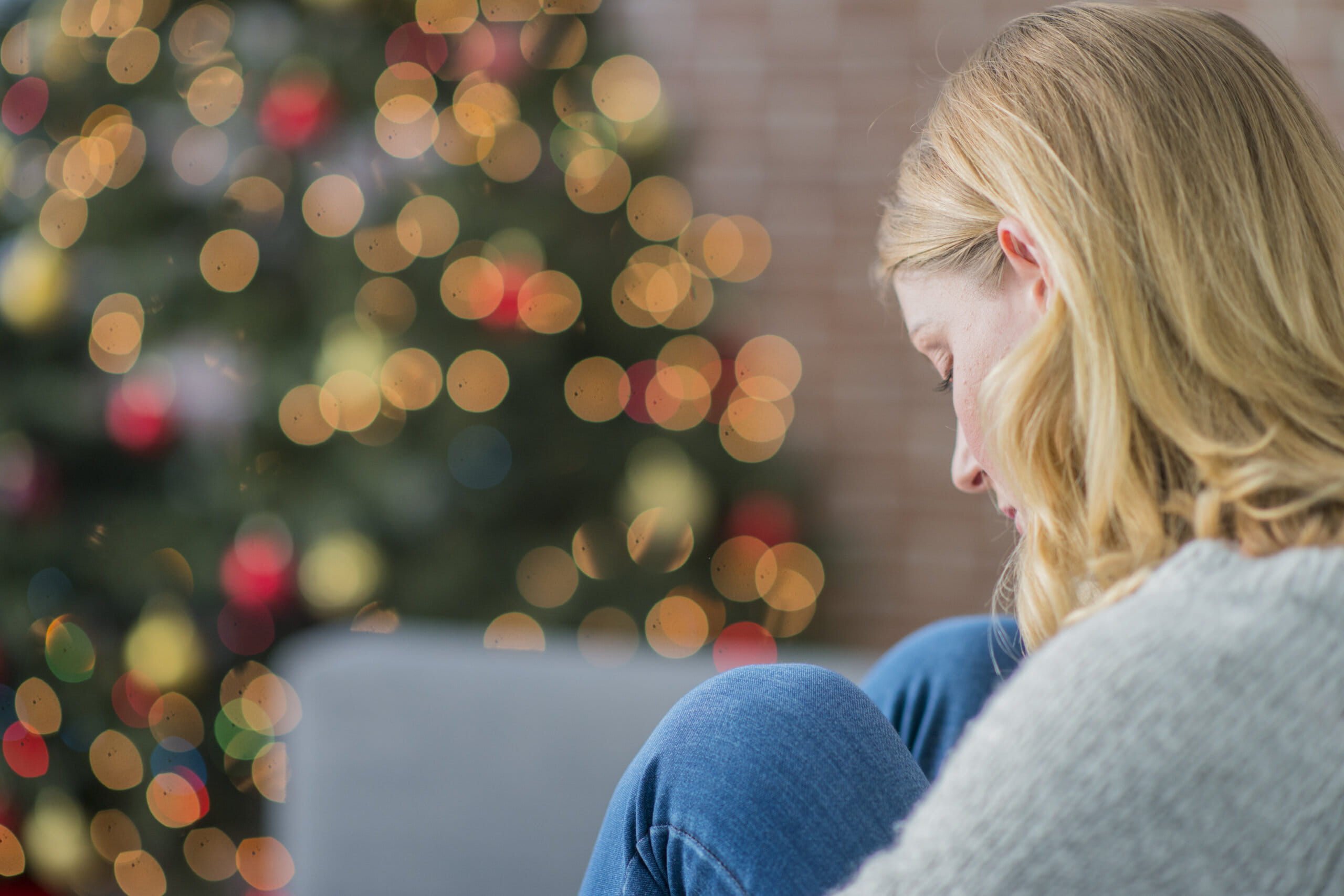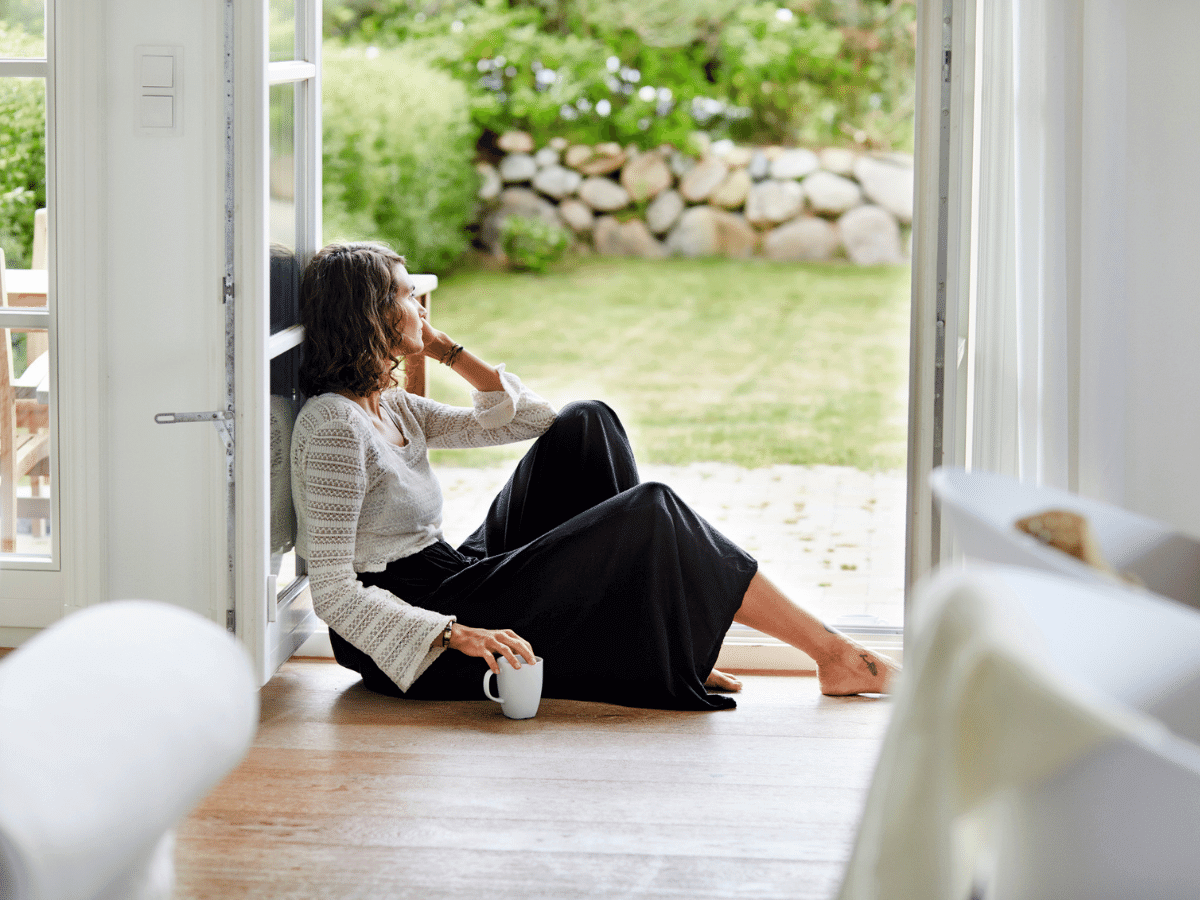What Is Light Therapy for Seasonal Depression?

This content was clinically reviewed by Chris Holcomb, LCSW, LCADC and Imran Iqbal, MD
Note: If you have thoughts of self-harm, call 988 for the National Suicide and Crisis Lifeline.
As the days grow shorter and the temperature drops, many people feel a bit down. But for some, the change of seasons brings on a form of depression known as seasonal depression (also known as seasonal affective disorder, or SAD). This condition typically occurs in the fall and winter. It can drain your energy, affect your sleep and make you feel moody.
The good news is that if you experience seasonal depression, you aren’t just stuck with a depressed mood until spring. One of the most effective treatments is light therapy.
How Light Therapy Helps With Seasonal Depression
Light therapy (phototherapy) is a treatment that helps compensate for the lack of natural sunlight in the fall and winter. It involves sitting in front of a device called a light box, which mimics bright outdoor light.
How does it provide relief for seasonal depression? The lack of sunlight in the colder months can disrupt your body’s circadian rhythm (meaning your internal clock). This shift can affect brain chemicals, such as serotonin and melatonin, which regulate mood and sleep, respectively, causing them to become imbalanced.
Researchers believe that exposure to the bright light from the box promotes chemical changes in the brain, particularly affecting serotonin levels. As a result, the exposure can elevate your mood, improve your sleep quality and ease other seasonal depression symptoms.
Is Light Therapy Effective?
For many people, yes. Light therapy is considered one of the most effective treatments for seasonal depression. It can significantly improve symptoms of depression and help with related sleep issues.
To maximize the benefit, you must use the light box regularly. It’s not a one-time fix. For many people, light therapy works best when combined with other treatments, such as antidepressant medication or cognitive behavioral therapy (CBT).
Choosing a Light Box
You don’t need a prescription to buy a light box. However, it’s essential to note that the FDA does not specifically regulate them for the treatment of seasonal depression. When shopping for a light box, look for these key features:
- Provides 10,000 lux
- Filters most or all UV light
- Designed specifically for seasonal depression
You must avoid lamps designed for skin disorders. Those devices produce ultraviolet (UV) light and can cause serious eye damage if used incorrectly.
How To Use a Light Box Correctly
To be effective, light therapy relies on a consistent daily routine. While you should always follow your provider's advice and the manufacturer's instructions, here are the typical recommendations:
- Use it in the morning.
- Aim for 20 to 30 minutes.
- Place it 16 to 24 inches away.
- Keep your eyes open.
- Do not look directly at the light.
Most providers suggest using the light box within the first hour of waking up. Using it too late in the day might negatively affect your sleep patterns. Place the box on a table or desk, off to the side. You can read, work or eat breakfast while using it.
Light Therapy Risks and When to Talk to Your Primary Care Provider
Light therapy is generally considered safe. Some mild side effects can occur, including:
- Headaches
- Eye strain
- Fatigue
- Blurry vision
It’s always best to talk with your primary care provider before using light therapy. This is especially important if you have certain existing conditions. For example, you should consult a provider if you have bipolar disorder, as light therapy can sometimes trigger manic symptoms. You should also speak with an eye specialist if you have glaucoma, cataracts or eye damage from diabetes.
Remember that seasonal depression isn’t the same as major depressive disorder, but it can still be serious and should be treated. If your feelings of depression worsen or you find yourself coping with other stress in the winter months, and you’re having thoughts of self-harm, you should seek help immediately by calling 988.
Take Action To Address Seasonal Depression
When winter weather arrives, you don't have to just push through the gloom. Light therapy is a proven, effective way to combat the symptoms of seasonal depression. If you think light therapy might be right for you, talk to your primary care provider about how to get started safely.
Find a Baptist Health behavioral health provider who can help you manage seasonal depression. Visit our provider directory, or find a location near you.
Next Steps and Helpful ResourcesLearn More About Behavioral Health Services at Baptist Health
Understanding Suicide Risk
Can Vitamin Deficiency Cause Anxiety and Depression?
Does Caffeine Cause Anxiety?



